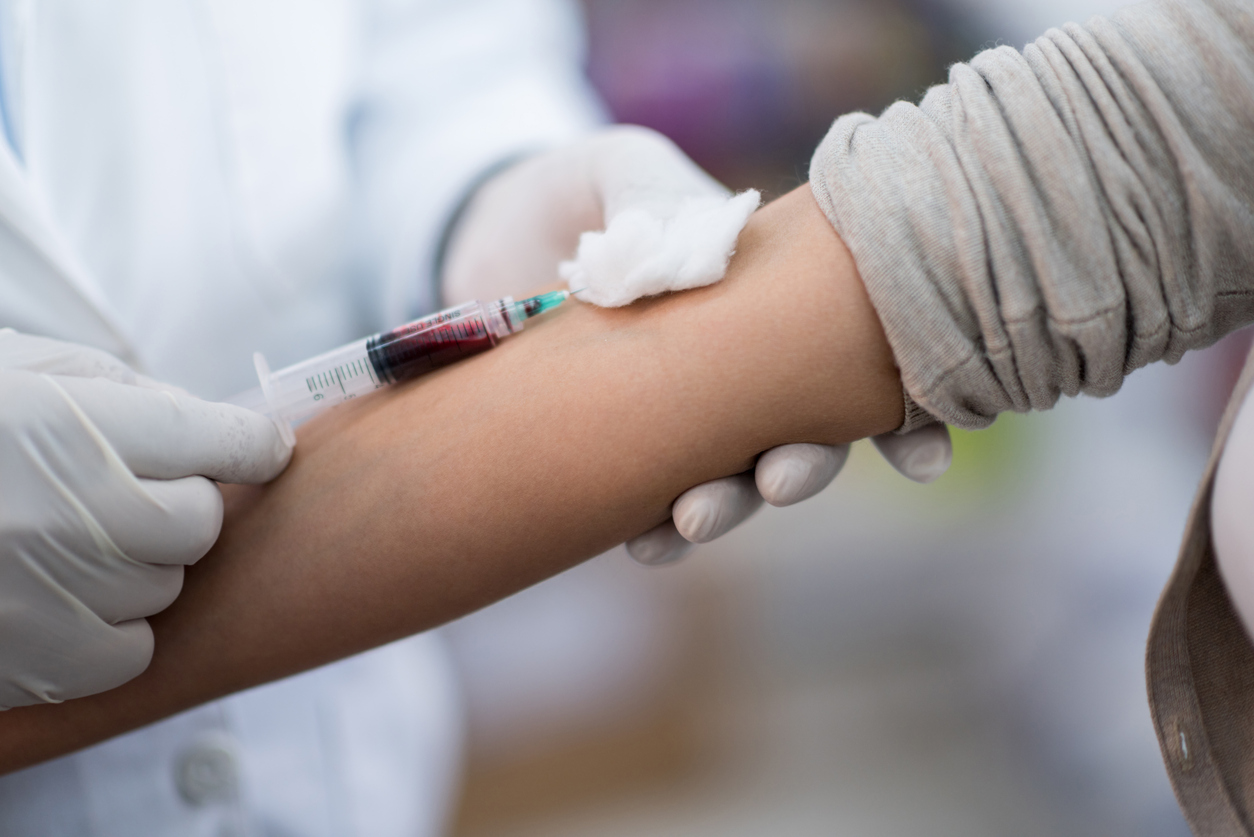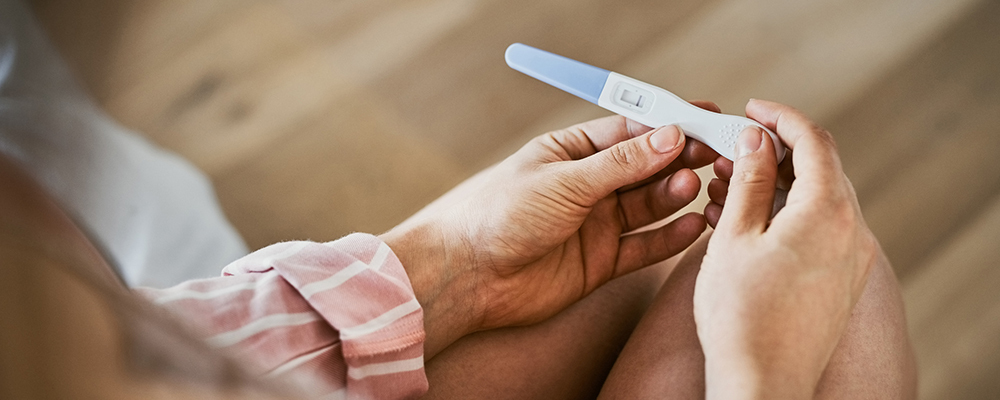Whether you’re diagnosed with PCOS or waiting to get tested — it’s always helpful to understand your lab reports. With PCOS there is no single test for diagnosis; rather it is a series of assessing physical symptoms, scans, blood tests to confirm hormonal imbalance and rule out the other causes of the symptoms.
Role of LH and FSH in PCOS
If you’re aware of the various blood tests, one test you might’ve heard of is the LH:FSH ratio – Luteinizing Hormone (LH) and Follicular Stimulating Hormone (FSH). To understand the LH:FSH ratio, let’s first understand the hormones and their function a little better.
Follicle stimulating hormone (FSH) is responsible for stimulating the follicle (sac containing the egg) to grow the egg. Luteinizing hormone (LH), helps in egg maturation and provides the hormonal trigger to cause ovulation and release the egg from the ovary. Both hormones are produced in the brain to communicate to the ovary throughout the menstrual cycle.
In order for proper follicle and egg development to proceed, FSH and LH each need to be present at certain levels and at specific times during the normal menstrual cycle.
While many women with PCOS still have LH and FSH still within the normal range, their LH level may be higher than their FSH level.
This situation is called an elevated LH to FSH ratio. This change in the LH to FSH ratio is enough to disrupt ovulation hence causing irregular or no ovulation.
Testing for LH:FSH Ratio
At the beginning of your menstrual cycle, LH and FSH levels usually range between about 5-20 IU/ml. Most women have about equal amounts of LH and FSH during the early part of their cycle. However, there is an LH surge 24-36 hours before ovulation occurs. Once the egg is released from the ovary, the LH levels go back down.
In some women with PCOS however the LH:FSH ratio is higher – for example 2:1 or 3:1 which can affect ovulation. Despite this common finding, LH and FSH levels are not routinely checked as part of the diagnostic process for PCOS, because it does not change the diagnosis or management.
Although the LH:FSH ratio was used as a diagnostic criteria for PCOS, it is not always helpful. This is because many women with PCOS do have normal levels of LH and FSH and still show other features of PCOS so it is no longer an accurate way to diagnose.
Having said that, it can be used to support or confirm PCOS diagnosis along with other tests.
Tests Required for PCOS Diagnosis
It is common for women who clearly fit the PCOS criteria in other ways to have normal serum FSH and LH levels and a normal LH:FSH ratio. However, there are other scans and tests which can give you a better picture and help confirm a diagnosis:
- Ultrasound (USG) test: Women who show PCOS symptoms are often asked to get a pelvic USG test done to provide a picture of your uterus and ovaries. The picture can be used to detect the presence of “cysts” or follicles in your ovaries. If you have more than 20 follicles are visible on one or both of your ovaries, this may be consistent with PCOS.
- Testosterone and Free Androgen Index (FAI): One of the major clinical features of PCOS is high male hormone levels. Elevated levels of androgen (male hormone) can show up as excess facial hair, acne and scalp hair loss. Understanding the level of testosterone present in your body is an important part of PCOS diagnosis.
- Thyroid Stimulating Hormone (TSH) Test: Hypothyroidism can cause symptoms similar to that of PCOS, especially irregular menses. In order to rule out hypothyroidism, your doctor may prescribe you a TSH test.
- Prolactin Test: Prolactin is a hormone that promotes lactation in women, and when it’s levels are elevated, it can lead to irregular menses. Prolactin test is done to rule out hyperprolactinemia as the root cause of your irregular periods.
- Insulin test: High blood insulin levels cause PCOS symptoms like weight gain, excess facial and body hair growth, scalp hair loss, cravings, fatigue and irregular periods. It is important to determine if the root cause of your PCOS is IR, as your treatment will depend on this.
Read more: What tests are required for PCOS diagnosis
With any chronic condition, the earlier you get diagnosed, the better are the treatment outcomes. Since the symptoms associated with PCOS such as irregular periods, acne and weight gain are not uncommon, most women don’t get themselves tested until the symptoms become obvious.
So it is recommended to speak to a gynaecologist if you think you have PCOS and get a formal diagnosis.
Disclaimer: Content on Veera is provided for informational purposes only and is not intended as medical advice, or as a substitute for medical advice given by a physician



















